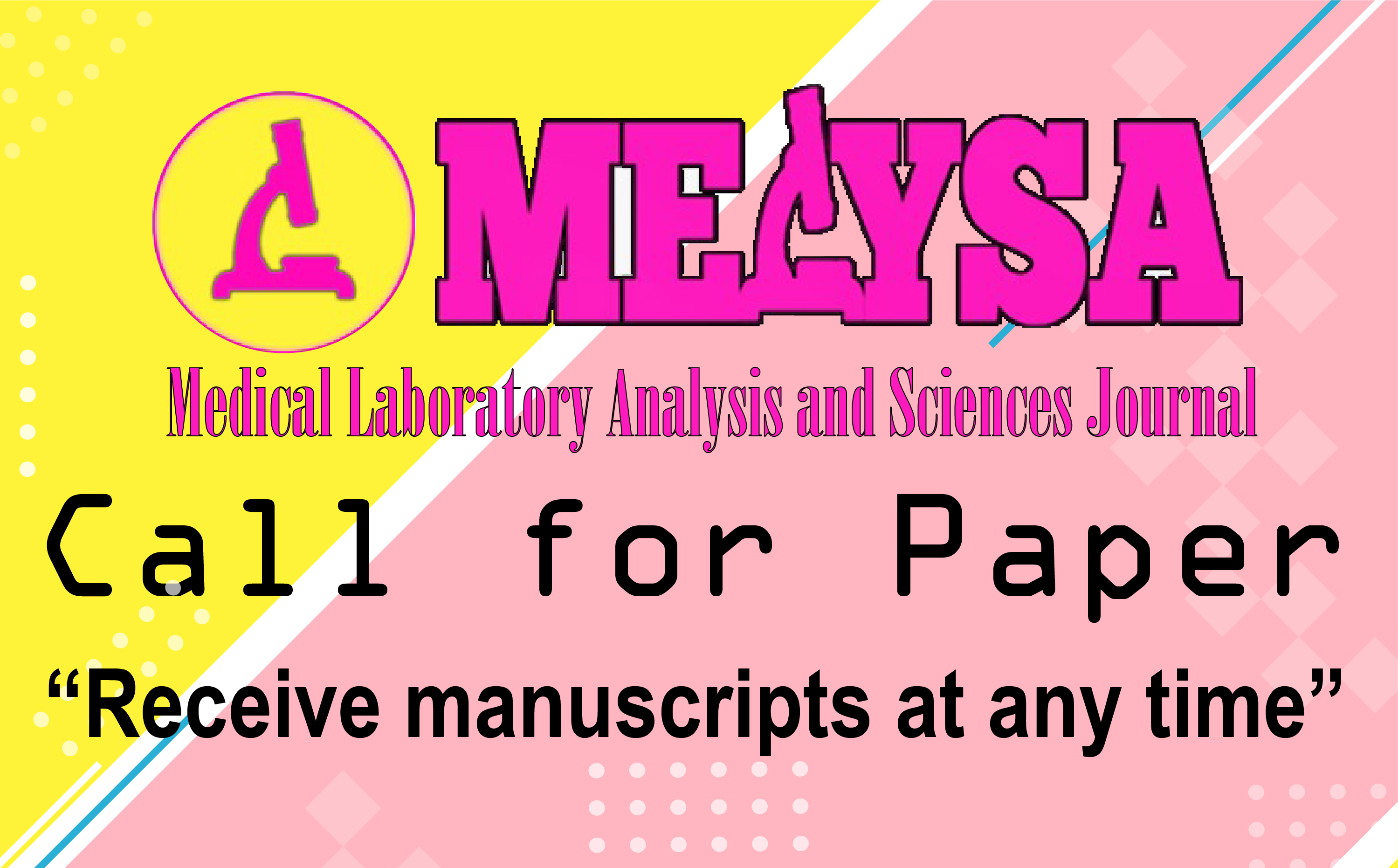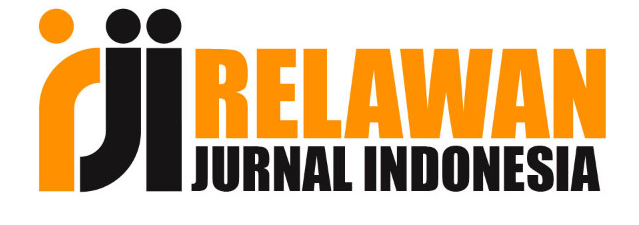Analyze of formalin in kolang kaling (Arenga pinnata Merr) and black grass jelly (Mesona palustris BL)
DOI:
https://doi.org/10.35584/melysa.v3i1.60Keywords:
Formalin Kolang Kaling Black Grass JellyAbstract
Formalin is a chemical toxic that is abused as a food preservative and prohibited by the Indonesian government. Thus, there is a need for continuous analysis of foodstuffs that are sold in the market. When food containing formaldehyde is consumed, it will interfere with the metabolism of organs and body systems. This study aimed to analyze the presence and absence of formalin content on Kolang Kaling (Arenga pinnata Merr) and Black Grass Jelly (Mesona palustris BL) sold in Samarinda City Traditional Market, especially Segiri market, Pagi market, and Sungai Dama market. The test of formalin content was performed qualitatively using chromatophilic acid and continued quantitatively using UV-Vis spectrophotometry at the Biochemical MIPA laboratory. The results showed that 9 samples from 18 samples were identified using formalin as a preservative. The levels of formalin obtained were different, the lowest formalin level of 0.0240 mL / L in the Cincau samples (Mesona palustris BL) obtained in the Segiri market and the highest formalin level of 0.0531 mL / L in the kolang kaling sample (Arenga pinnata Merr) obtained on the Pagi market.
Downloads
References
2. Zhong Y, Wu L, Chen X, Huang Z, Hu W. Effects of food-additive-information on consumers’ willingness to accept food with additives. Int J Environ Res Public Health. 2018;15(11). doi:10.3390/ijerph15112394
3. Tamanna N, Mahmood N. Food processing and maillard reaction products: Effect on human health and nutrition. Int J Food Sci. 2015;2015. doi:10.1155/2015/526762
4. Fung F, Wang HS, Menon S. Food safety in the 21st century. Biomed J. 2018;41(2):88-95. doi:10.1016/j.bj.2018.03.003
5. Putri SA. Challenge to Enforce Food Safety Law and Regulation in Indonesia. In: IOP Conference Series: Earth and Environmental Science. Vol 175. Institute of Physics Publishing; 2018. doi:10.1088/1755-1315/175/1/012216
6. Montera VDSP, Martins APB, Borges CA, Canella DS. Distribution and patterns of use of food additives in foods and beverages available in Brazilian supermarkets. Food Funct. 2021;12(17):7699-7708. doi:10.1039/d1fo00429h
7. Jia Y, Si L, Lin R, et al. Thiophenol-formaldehyde triazole causes apoptosis induction in ovary cancer cells and prevents tumor growth formation in mice model. Eur J Med Chem. 2019;172:62-70. doi:10.1016/j.ejmech.2019.03.033
8. Adriani A, Karim A, Dali S. ANALYSIS OF FORMALDEHYDE PRESERVATIVES IN WET ANCHOVY (Stolephorus Sp.) FROM TRADITIONAL MARKETS IN MAKASSAR CITY, SOUTH SULAWESI. Indones Chim Acta. 2018;11(1). doi:https://doi.org/10.20956/ica.v11i1.6399
9. Mamun MAA, Rahman MA, zaman MK, Ferdousi Z, Reza MA. Toxicological effect of formalin as food preservative on kidney and liver tissues in mice model. IOSR J Environ Sci Toxicol Food Technol. 2014;8(9):47-51. doi:10.9790/2402-08924751
10. Saputri FA, Rosli NSB, Indriyati W. Optimization of Sample Preparation Methods on Formaldehyde Analysis in Meatball with Schryver’s Method.; 2019. http://jurnal.unpad.ac.id/ijpst/UNPAD
11. Asare-Donkor NK, Kusi Appiah J, Torve V, Voegborlo RB, Adimado AA. Formaldehyde Exposure and Its Potential Health Risk in Some Beauty Salons in Kumasi Metropolis. J Toxicol. 2020;2020. doi:10.1155/2020/8875167
12. Sapmaz E, Sapmaz HI, Vardi N, et al. Harmful effects of formaldehyde and possible protective effect of Nigella sativa on the trachea of rats. Niger J Clin Pract. 2017;20(5):523-529. doi:10.4103/1119-3077.183253
13. Christanti RA, Susanto WH, Widyastuti E. ( Mesona palustris Bl ) ( KAJIAN KONSENTRASI SIMPLISIA CINCAU HITAM DAN KONSENTRASI KARAGENAN ) Physical , Chemical and Organoleptic Black Cincau Jelly ( Mesona Palustris Bl ) ( Study of Black Cincau Simplicia Consentration and Carageenan Consentration ). J Pangan dan Agroindustr. 2019;7(1):49-59. doi:https://doi.org/10.21776/ub.jpa.2019.007.01.6
14. Liou YL, Ericson ME, Warshaw EM. Formaldehyde Release From Baby Wipes: Analysis Using the Chromotropic Acid Method. Dermat contact, atopic, Occup drug. 2019;30(3):207-212. doi:10.1097/DER.0000000000000478
15. Suwanaruang T. Formalin Contaminated in Seafood and Frozen Meat at Somdet Market, Kalasin Province. J Environ Prot (Irvine, Calif). 2018;09(12):1286-1293. doi:10.4236/jep.2018.912080
16. Bhowmik S, Begum M, Hossain MA, Rahman M, Alam AKMN. Determination of formaldehyde in wet marketed fish by HPLC analysis: A negligible concern for fish and food safety in Bangladesh. Egypt J Aquat Res. 2017;43(3):245-248. doi:10.1016/j.ejar.2017.08.001
17. Raju Ambadekar S, Baburao Nikam D. Formaldehyde in Baby Foods by HPLC-ELSD. Am J Chem. 2020(2):19-25. doi:10.5923/j.chemistry.20201002.01
18. Gelbke HP, Buist H, Eisert R, Leibold E, Sherman JH. Derivation of safe exposure levels for potential migration of formaldehyde into food. Food Chem Toxicol. 2019;132. doi:10.1016/j.fct.2019.110598
19. Jung HJ, Kim SH, Yoo KC, Lee JH. Changes in acetaldehyde and formaldehyde contents in foods depending on the typical home cooking methods. J Hazard Mater. 2021;414. doi:10.1016/j.jhazmat.2021.125475
20. Naksen P, Jarujamrus P, Anutrasakda W, Promarak V, Zhang L, Shen W. Old silver mirror in qualitative analysis with new shoots in quantification: Nitrogen-doped carbon dots (N-CDs) as fluorescent probes for “off-on†sensing of formalin in food samples. Talanta. 2022;236. doi:10.1016/j.talanta.2021.122862
21. Zakaria B, Sulastri T. Analysis of Formalin Content In Katamba Salted Fish ( Lethrinus lentjan ) Circulated in Makassar. J Chem. 2014;15(2):16-23. doi:https://doi.org/10.35580/chemica.v15i2.4588
22. Hauksson I, Pontén A, Isaksson M, Hamada H, Engfeldt M, Bruze M. Formaldehyde in cosmetics in patch tested dermatitis patients with and without contact allergy to formaldehyde. Contact Dermatitis. Published online 2015:145-151. doi:10.1111/cod.12493
23. Dar A, Shafique U, Anwar J, Waheed-uz-Zaman, Naseer A. A simple spot test quantification method to determine formaldehyde in aqueous samples. J Saudi Chem Soc. 2016;20:S352-S356. doi:10.1016/j.jscs.2012.12.002
24. Taprab N, Sameenoi Y. Rapid screening of formaldehyde in food using paper-based titration. Anal Chim Acta. 2019;1069:66-72. doi:10.1016/j.aca.2019.03.063
25. Lathifah QA, Turista DDR, Azizah L, Khulaifi AE. Identification of formalin and borax on tuna in Ngemplak market Tulungagung regency. Melysa. 2019;1(1):1-5. doi:1035584/melysa.v1i1.15 Identification
26. Yulianti CH, Safira AN. Analisis Kandungan Formalin pada Mie Basah Menggunakan Nash dengan Metode Spektrofotometri UV-Vis Analysis of Formaldehyde Level in Wet Noodles Using Nash and UV-Vis Spectrophotometry Method. J Pharm Sci. 2020;5(1):7-14. doi:https://doi.org/10.53342/pharmasci.v5i1.156
27. Wahed P, Razzaq MA, Dharmapuri S, Corrales M. Determination of formaldehyde in food and feed by an in-house validated HPLC method. Food Chem. 2016;202:476-483. doi:10.1016/j.foodchem.2016.01.136
Downloads
Published
Issue
Section
License
Authors retain copyright and grant the journal right of first publication with the work simultaneously licensed under a Creative Commons Attribution-ShareAlike 4.0 International License that allows others to share the work with an acknowledgment of the work's authorship and initial publication in this journal.














